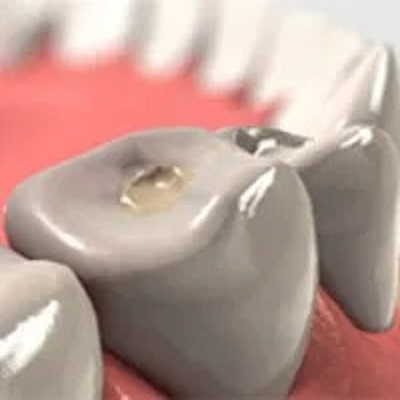When it comes to restoring decayed teeth, the choice of dental filling materials plays a critical role in the success of the procedure. With advancements in dental technology, there are now several innovative materials available for dental fillings. In Dubai, dental professionals are increasingly adopting these new materials to enhance patient care and improve outcomes. Understanding these innovations can help patients make informed decisions regarding their Dental Tooth Filling In Dubai.
Traditional Filling Materials: A Brief Overview:
Historically, dental fillings have primarily used amalgam and composite resins.
Amalgam Fillings: These metal-based fillings are durable and have been used for over a century. They are ideal for filling back teeth due to their strength but can be visually unappealing due to their metallic color.
Composite Resins: These tooth-colored materials blend well with natural teeth, making them a popular choice for front teeth and visible areas. While aesthetically pleasing, composite resins may not be as durable as amalgam.
Though effective, traditional materials have limitations. As dental technology evolves, so do the materials used for fillings, leading to enhanced performance, aesthetics, and biocompatibility.
New Innovations in Dental Filling Materials:
Bioactive Fillings:
One of the most promising advancements in dental fillings is the development of bioactive materials. These materials can interact with the surrounding tooth structure, promoting the natural remineralization of enamel.
Benefits: Bioactive fillings release minerals like calcium and phosphate, which can help repair and strengthen the tooth. This makes them particularly beneficial for patients with early-stage cavities.
Applications: They can be used in various situations, including pediatric dentistry, where preserving tooth structure is crucial.
Glass Ionomer Cements (GIC):
Glass ionomer cements are gaining popularity as a filling material due to their unique properties.
Fluoride Release: GICs release fluoride over time, which can help prevent further decay and protect adjacent teeth. This characteristic is especially beneficial for patients who are prone to cavities.
Ease of Use: GICs bond chemically to tooth structure, making them easy to apply. They are particularly useful for filling cavities in areas that are difficult to access.
Resin-Modified Glass Ionomers:
Combining the benefits of traditional glass ionomer cements with composite resins has led to the creation of resin-modified glass ionomers.
Enhanced Properties: These materials have improved strength and aesthetic qualities compared to traditional GICs. They provide better wear resistance and can be polished to match the appearance of natural teeth.
Application: They are ideal for patients who want a more durable and aesthetically pleasing solution for their dental tooth filling in Dubai.
High-Strength Ceramics:
The emergence of high-strength ceramics is revolutionizing dental fillings, particularly for larger restorations.
Durability: Ceramics are known for their exceptional strength and resistance to wear. They are suitable for load-bearing areas in the mouth, making them an excellent choice for molars.
Aesthetic Appeal: These materials can be manufactured to closely match the color of natural teeth, providing excellent aesthetic results.
Nanocomposites:
Nanotechnology has made its way into dentistry with the development of nanocomposite materials.
Improved Mechanical Properties: These materials exhibit enhanced strength and wear resistance due to the incorporation of nanoparticles.
Aesthetic Enhancements: Nanocomposites can be manipulated to achieve superior color matching and translucency, making them ideal for cosmetic restorations.
Self-Healing Materials:
One of the most exciting innovations in dental filling materials is the concept of self-healing materials.
Mechanism: These materials contain microcapsules that release healing agents when subjected to stress or damage. This allows for minor repairs to occur autonomously, potentially extending the life of the filling.
Future Potential: While still in the experimental phase, self-healing materials hold the promise of revolutionizing dental fillings, reducing the need for frequent replacements.
Choosing the Right Filling Material:
When it comes to selecting the right dental filling material, several factors should be considered.
Aesthetic Concerns:
For those concerned about the appearance of their fillings, tooth-colored materials like composite resins, glass ionomer cements, and ceramics may be the best options. These materials blend seamlessly with natural teeth, providing a more aesthetic result.
Durability Needs:
Patients with high wear patterns or those who frequently consume hard foods may benefit from more durable materials like amalgam or high-strength ceramics. These materials can withstand the forces of chewing and grinding.
Cost Considerations:
The cost of dental fillings can vary based on the material used. Composite resins and ceramics are generally more expensive than amalgam, but they offer better aesthetics. Patients should discuss their budget with their dentist to find the best option for their needs.
Conclusion:
Innovations in dental filling materials have transformed the landscape of restorative dentistry. From bioactive fillings that promote tooth remineralization to self-healing materials that offer long-term durability, patients in Dubai have access to an array of advanced options for their dental tooth filling needs.





Comments